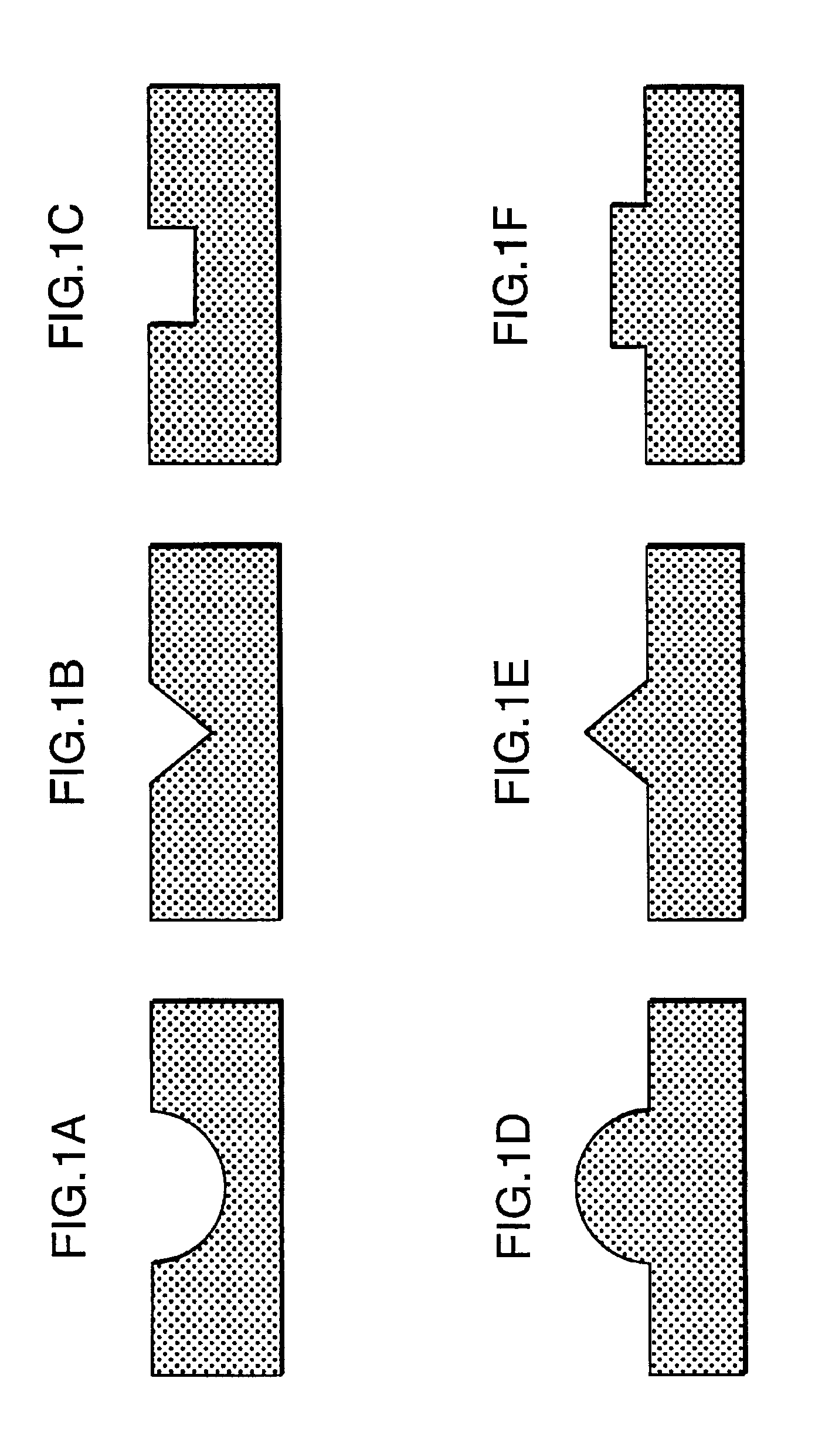Separator for secondary battery and method for producing the same
a secondary battery and separator technology, applied in the field of separators, can solve the problems of reducing the capacity retention rate of separators, reducing the efficiency of ammonia trapping, and increasing the self-discharging amount, so as to achieve high capacity retention rate and high tensile strength
- Summary
- Abstract
- Description
- Claims
- Application Information
AI Technical Summary
Benefits of technology
Problems solved by technology
Method used
Image
Examples
example-1
A commercially available polypropylene nonwoven fabric 2 (limiting viscosity: 1.10 dl / g) having an average fiber diameter of 10 μm and a Metsuke of 40 g / m2 and fabricated by the span bonding method was immersed in a 95% concentrated sulfuric acid 5 at 135° C. for 1 min. While being immersed in the high-temperature sulfuric acid, a pressure of 1.2 kPa was applied to the nonwoven fabric through tension adjustment of conveyance 3 and pressure adjustment of Teflon pressure rollers 6 disposed in the sulfuric acid. An apparatus for applying sulfonation by the high-temperature sulfuric acid at this time is summarily shown in FIG. 4. This nonwoven fabric was washed using a dilute sulfuric acid and an ion exchange water and dried at 70° C. to become a separator. This separator was incorporated into a battery and a capacity retaining rate was measured. Various properties of the separator and the capacity retaining rate of the battery are shown in TABLE-1.
example-2
A commercially available polypropylene nonwoven fabric different from that of EXAMPLE-1 only in Metsuke was immersed in a 98% concentrated sulfuric acid at 130° C. for 1 min. While being immersed in the high-temperature sulfuric acid, a pressure of 8.0 kPa was applied to the nonwoven fabric by a method similar to that of EXAMPLE-1 through tension adjustment of conveyance and pressure adjustment of Teflon pressure rollers disposed in the sulfuric acid. This nonwoven fabric was dried at 70° C. after being washed with pure water, thereby being formed into a separator. This separator was incorporated into a battery and a capacity retaining rate was measured. Various properties of the separator and the capacity retaining rate of the battery are shown in TABLE-1.
example-3
A polypropylene resin having a limiting viscosity of 0.58 dl / g was made into a nonwoven fabric on a collecting conveyor while being made into fibers through traction in an air flow of 250° C. and 0.6 kg / cm2 with an extrusion temperature from an orifice and a single-hole discharge amount set at 220° C. and 0.5 g / min., respectively. After being immersed in a concentrated sulfuric acid of 98 mass % and 25° C. for 10 min., this nonwoven fabric was immersed in a concentrated sulfuric acid of 98 mass % and 135° C. for 3 min. (sulfonation), thereby obtaining a separator. A total sulfur amount of this separator was 13000 ppm and an ion exchange amount thereof was 1.50 meq / m2. This separator was incorporated into a battery and a capacity retaining rate was measured. Various properties of the separator and the capacity retaining rate of the battery are shown in TABLE-1.
PUM
| Property | Measurement | Unit |
|---|---|---|
| thickness | aaaaa | aaaaa |
| temperature | aaaaa | aaaaa |
| temperature | aaaaa | aaaaa |
Abstract
Description
Claims
Application Information
 Login to View More
Login to View More - R&D
- Intellectual Property
- Life Sciences
- Materials
- Tech Scout
- Unparalleled Data Quality
- Higher Quality Content
- 60% Fewer Hallucinations
Browse by: Latest US Patents, China's latest patents, Technical Efficacy Thesaurus, Application Domain, Technology Topic, Popular Technical Reports.
© 2025 PatSnap. All rights reserved.Legal|Privacy policy|Modern Slavery Act Transparency Statement|Sitemap|About US| Contact US: help@patsnap.com



